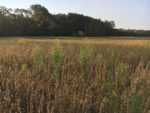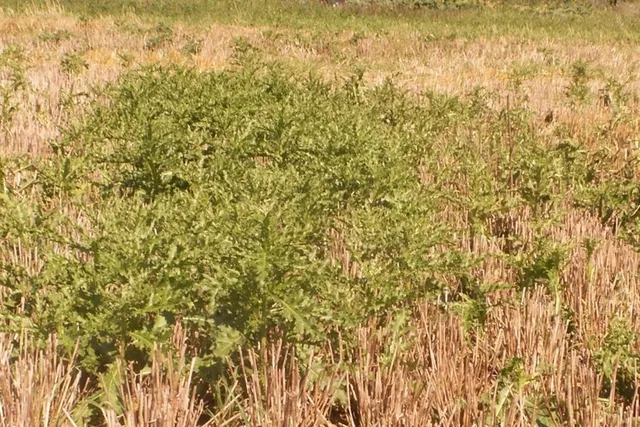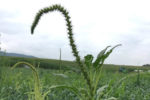Advertise Follow Us
Items Tagged with '2,4-D'
ARTICLES
[Podcast] No-Till Weed Control Strategies When Glyphosate Supplies Are Tight
For this No-Till Farmer podcast, brought to you by Bio-Till Cover Crops, Aaron Locker, Vice President of sales for HELM Agro joins us to discuss what farmers can do if they can’t get the glyphosate supply they’re used to.
Read More
No-Till’s Herbicide History, Part I
No-till was a ‘no-go’ until modern weed-control chemicals arrived on the scene.
Read More
Timeline of Herbicide Developments
As weed-control products came of age in the decades after World War II, no-tillage was given a chance to become a viable practice.
Read More











